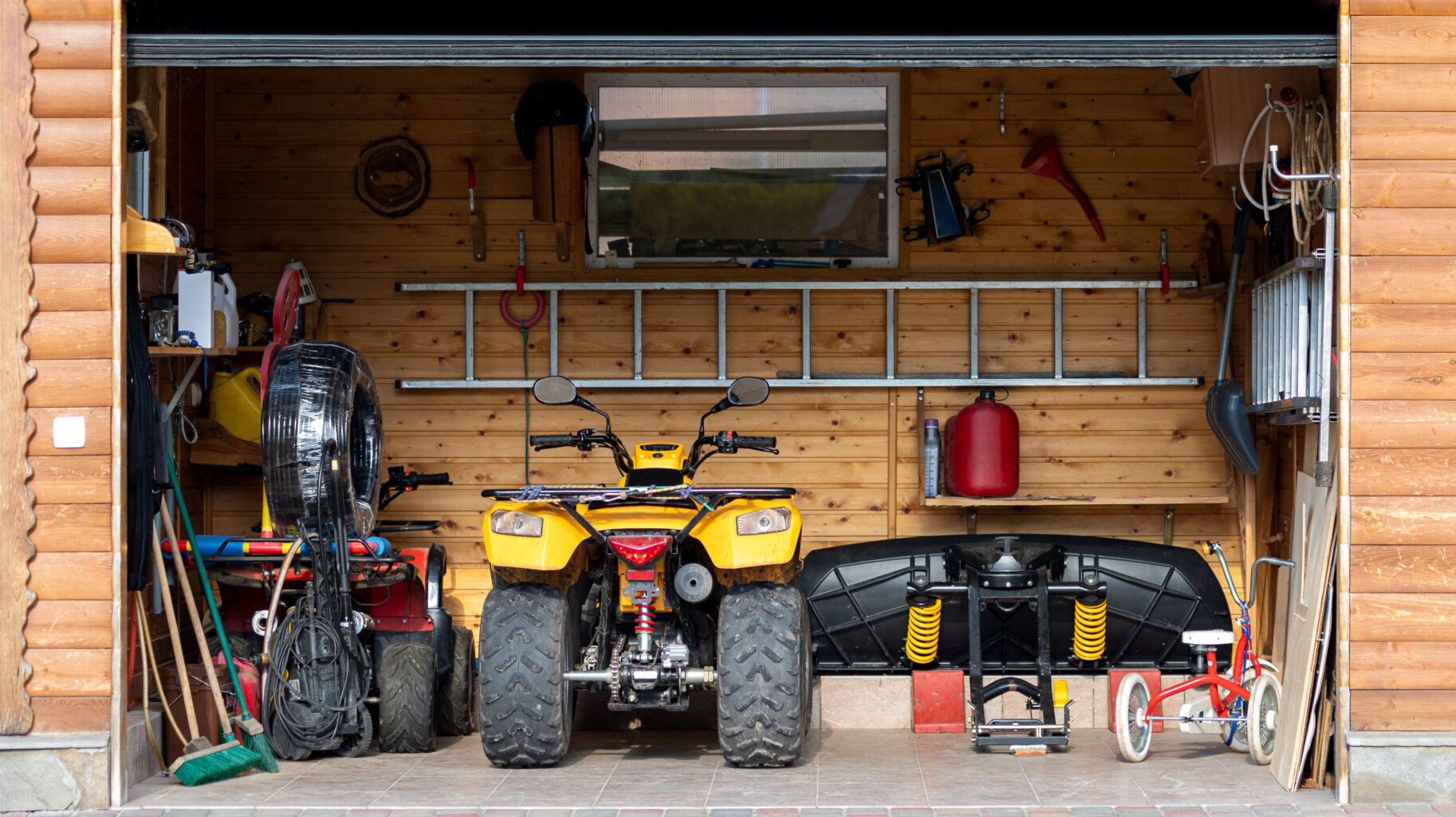
We spend about a third of our lives in bed and since a lack of sleep can take quite a toll on the body and brain, it only makes sense to try to improve our sleep as much as possible.
Part of the answer is in the mattress and studies have shown that a medium-firm mattress is what helps most of us sleep well, providing extra comfort and the right alignment for our spine.
That means if you are moving into a new home, switching up the bedroom furniture or temporarily downsizing, you’ll want to store your mattress properly so that you can get many more years of good sleep out of it. Improper storage can wreck your mattress—and future hours of comfortable slumber.
Extreme temperatures and high humidity can get the mattress all bent out of shape, or worse, turn it into a home for mold and mites. And nobody wants to sleep on that! So what’s the best way to store a mattress to keep your bed feeling like new?
How To Prepare the Mattress for Storage
The life of a mattress in storage starts with a thorough clean — this keeps it fresh for longer and protects your health once you start using it again.
Step 1. Vacuum the mattress with the upholstery attachment to remove dust, debris and allergens.
Step 2. Sprinkle baking soda over the mattress, let sit for 20-30 minutes to absorb odors and vacuum it off thoroughly.
Step 3. Got stains? Gently dab them with a mild detergent solution.
Step 4. Let the mattress air out for several hours until completely dry.
Fight allergens with a good mattress encasement
You need a special cover to protect against dust mites and bed bugs, but not all mattress encasements (aka covers) are created equal.
- Check that the encasement fabric is bug-bite-proof. It must cover the entire mattress without any openings or gaps.
- The zipper should have small teeth that close tightly with a secure end-stop that seals completely.
- Once on, the encasement should not be removed. Regular bedding should be washed, but the encasement stays put.
- Avoid pesticide-treated covers. These do not effectively eliminate bed bugs and can expose you to unnecessary chemicals.
- The best encasements will also repel liquids.
After you put the mattress in storage, regularly inspect the cover for any tears or worn spots, every few months.
Choose a Good Protective Wrapping
You may ditch the bed bug worries with a solid encasement, but your mattress still needs extra shielding from dust and nasty pests while in storage. A breathable mattress bag is your best bet here — it lets the air flow freely, nipping any potential moisture issues (and the dreaded mold and mildew that follow) right in the bud.
If you’re in a pinch and can’t snag a mattress bag, a light, breathable plastic wrap can step in. Just double-check for any sneaky holes and don’t wrap it as tight as you can.
Pro tip: Steer clear of thick, non-breathable plastic — it traps moisture like a sauna, and trust me, your mattress won’t thank you for the steam treatment.
How To Select a Storage Unit for Your Mattress
When it’s time to pick a spot for your mattress to hibernate, the details really matter. In this case, the most important are climate control and size.
A climate-controlled storage unit keeps temperature and humidity levels steady, warding off moisture — the arch nemesis of your comfy mattress.
Not sure what unit size is best for storing your mattress? Take into account that it’s best to be laid horizontally, not on its side (more on that right away). This means you’ll need at least a 5×10 unit for a queen mattress, and a 10×10 unit for a king-size one.
How To Store a Mattress in a Storage Unit
As I just mentioned, the best way to store a mattress and keep it in top shape is by placing it flat. This helps maintain its shape and structure by mimicking its natural position on a bed frame. This advice goes for memory foam mattresses and traditional spring mattresses alike.
Sure, it’s tempting to think of storing it on its side or standing up as it seems like such a space-saver, but this can warp and damage the mattress over time, defeating the purpose of storing it.
If your stay in storage just a month or two, you may be able to get away with storing your mattress on its side. It is completely fine to transport it that way in your moving truck. Just remember the longer you keep it stored on its side, the greater the likelihood is that it could become damaged. Re-rolling it is another no-no. Besides damaging it, this can also void warranties.
Position aside, mattresses are also picky about applying pressure. In other words, don’t pile boxes, clothes, or other heavy items on top of your mattress — these can cause indentations and mess with the internal structure, making the mattress way less comfortable than you remembered. The one thing you can stack on top of mattresses? Other mattresses.
Optimally, you could place your mattresses on top of an even stack of boxes to maximize space in your unit. Or get a large enough unit that you can set up your entire bed frame and still have room for your other stuff.
Unpack and Inspect the Mattress After Storage
When its time in storage is up, make sure you don’t tear the protective wrapping while removing it from the unit and transporting it back home. This could expose the mattress to dirt and pests, which is exactly what you were guarding it against in the first place.
Next, check the mattress for any signs of moisture damage — despite your best efforts, mold and mildew may have still snuck in. If you do find damp, discolored or fuzzy spots, let the mattress air out completely and then try mold cleaning solutions or consult a professional.
Now, even if it looks spotless, you should still give your mattress a good clean and let it out for a few hours in a well-ventilated area. Besides dusting off any particles that might have settled on it during storage, you get rid of any stale odors and refresh it for its return to duty.
Now You Know How To Store a Mattress
We’ve gone together over everything from cleaning and wrapping your mattress to choosing the right storage unit and finally getting it out of storage in prime condition.
Start with a deep clean, double-check its protection with a bite-proof encasement and a breathable wrap, go for a climate-controlled unit and lay it flat, without any weights on top.
Inspect it like a true detective when you bring it back to light, give it another good clean and air it out before you finally snooze on it again.
Storing your mattress properly means when it’s time to hit the hay, your bed will be as welcoming as the day you stored it.





